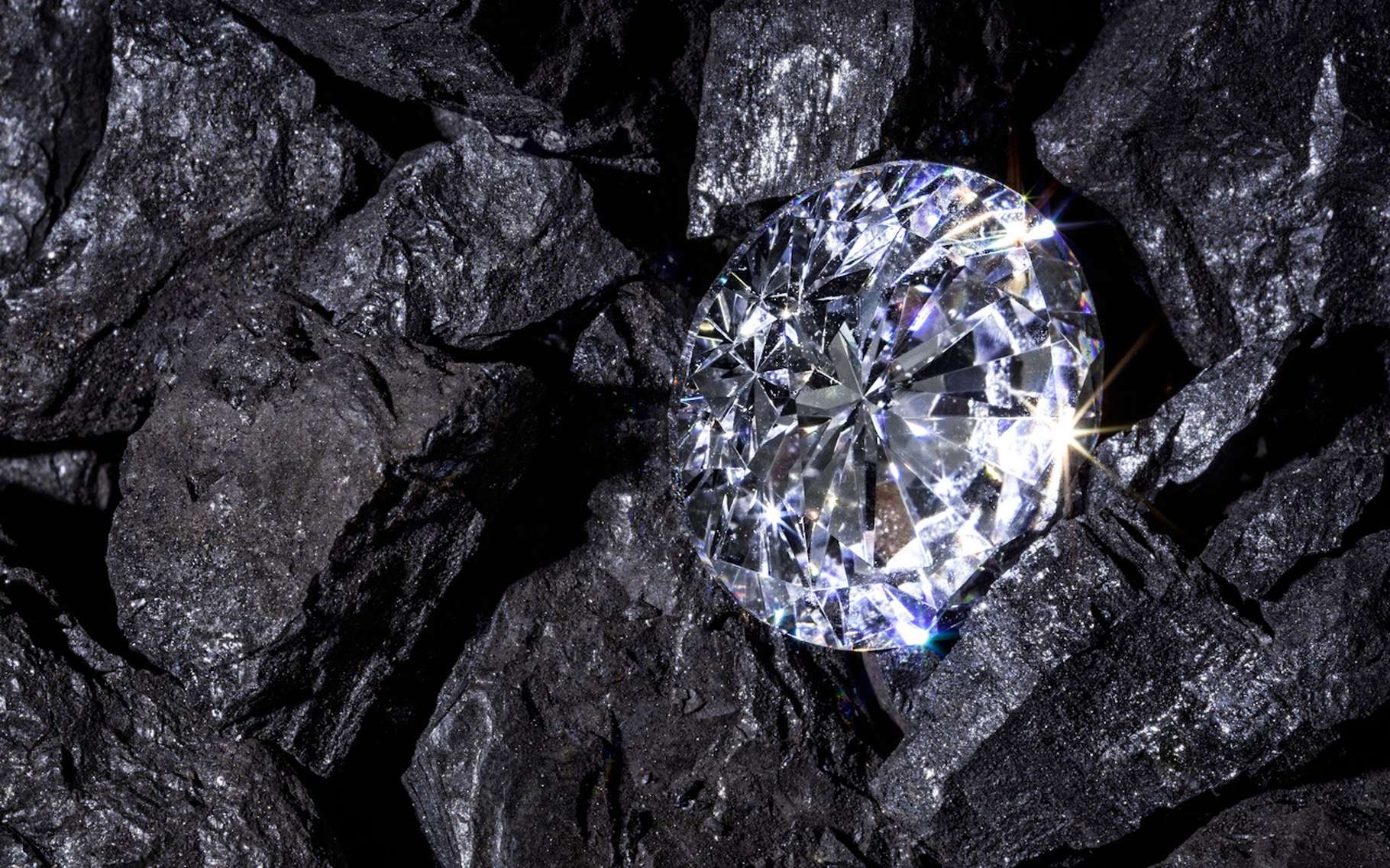History & Heritage
8.12.2021
Moroccan treasures: diamonds found in a meteorite

The University Museum of Meteorites, inaugurated in February 2016, is located in the city of Agadir in Morocco and holds several treasures. Affiliated to the Ibn Zohr University, which provides several exciting courses in law, literature or even humanities, therefore a key factor in the region’s development, the museum is under professor Abderrahmane Ibhi’s direction, a meteorites specialized geologist. One can contemplate Moroccan meteorites, such as Tissint, which fell directly from Mars in the region of Tata in the southeast of the country, and foreign meteorites such as the Russian super-bolide of Chelyabinsk. A new discovery has been recently made, which involves another sort of rock…
Out of the 120 meteorites of various categories displayed in the museum, this fabulous discovery was made on NWA 12606. The meteorite had been exhibited in the Agadir Museum for two years, before Moroccan specialists, including Professor Ibhi, and their Italian colleagues decided to carry out a more in-depth analysis.
A real celestial heritage
This stone, which was found in 2018 in the Drâa-Tafilalet region, is extremely important for science: indeed, these star fragments are among the only elements that can offer us a glimpse at the History of the Universe. Its formation is believed to be four billion six hundred million years old, almost the same as the Sun and the planets! Classified in the family of the primitive achondrites, and more particularly in the sub-category of Ureilites, very rare stones which represent 0,6% of all the falls, it has a very particular mineralogical composition. Ureilites take their name from the Russian village Urey, where a similar meteorite landed in 1886.
Several very meticulous analyses were made on the rock before discovering these tiny diamonds, encrusted between different components (of millimetric dimensions!) such as olivine (at 90%), pyroxene (at 5%) or graphite (at 5%).
A rare scientific phenomenon
But how do diamonds end up in the universe? The formation of this gemstone comes in fact from the violent impact of the asteroid which crashes on the Earth, splitting the atmosphere: because of the extremely intense heat and pressure, the solid graphite inside the rock changes into diamond. Several conditions are required for this transformation, including a temperature rising above no less than 2000°, an atmospheric pressure of at least 30 GPa (GigaPascal) and a sufficiently long collision time (a few seconds) to ensure the formation of diamond.
All the elements were combined and thus changed NWA 12606 into an even rarer and more precious stone.
This exciting discovery could perhaps encourage some Arab countries to better appreciate these finds as real cultural assets and additions to their heritage, rather than taking advantage of them by selling them, as shown by the presence of about 1700 samples of Moroccan stars in foreign museums, spread around the world.
popular

